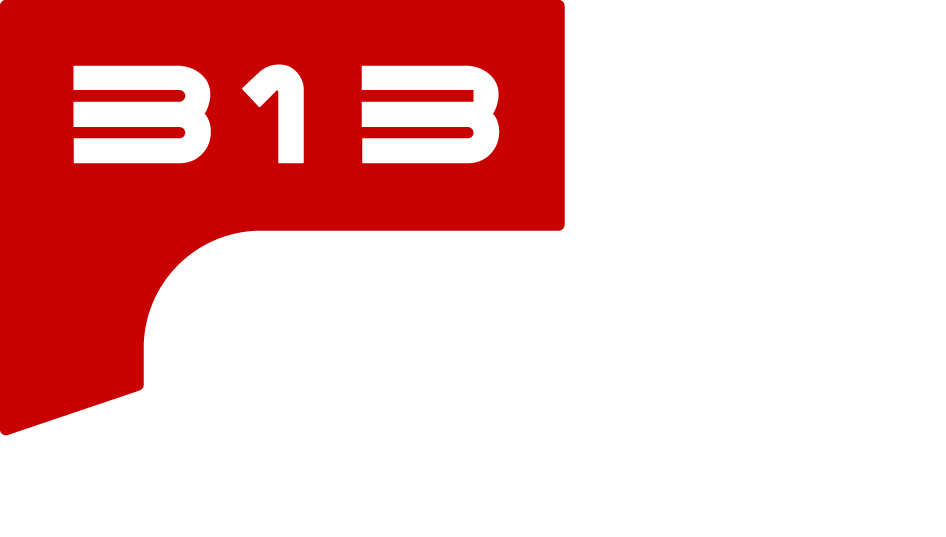Your Attractive Heading
About Formula Student
What is Formula Student?
Formula Student is a global engineering design competition where students from universities around the world develop and build small, single-seater racing cars. Teams compete not only on track performance but also on how well they can design, manufacture, and present their car as a complete product.
Winning is not about building the fastest car alone. Success comes from creating the best overall package of design, performance, cost planning, and business strategy. The competition is judged by experts from motorsport, automotive, and supplier industries, who assess both the technical quality of the car and the team’s business approach.
In Europe, the regulations for Formula Student competitions are set by the team behind Formula Student Germany, making FSG the central reference point for rules across many events.
Why Students Build Formula-Style Cars
Formula Student challenges students to go beyond their university coursework and apply their knowledge to a real-world project. It combines teamwork, time and project management, engineering, manufacturing, and business thinking.
By taking part, students gain valuable experience that strengthens their qualifications as future engineers. They also benefit from exposure to the automotive industry, where companies often use Formula Student as a platform to meet and recruit new talent.
How Businesses and Partners Benefit
Formula Student offers companies in the motorsport, automotive, and supplier industries a unique way to evaluate the skills of young engineers. By sponsoring or supporting teams, they can build early connections with highly motivated students. Involvement in judging, mentoring, or funding also provides valuable insights into the next generation of engineering talent.
Disciplines
There are a lot of Formula Student competition events globally each year. While they all have their own specialties that make them unique, they all share the same core disciplines in which teams must compete. Confusingly, they are also called “events” and are separated into two major categories: dynamic and static.
Dynamic Events
Dynamic events test the car on track. Cars are put through different challenges that measure the physical competitiveness of the vehicle.
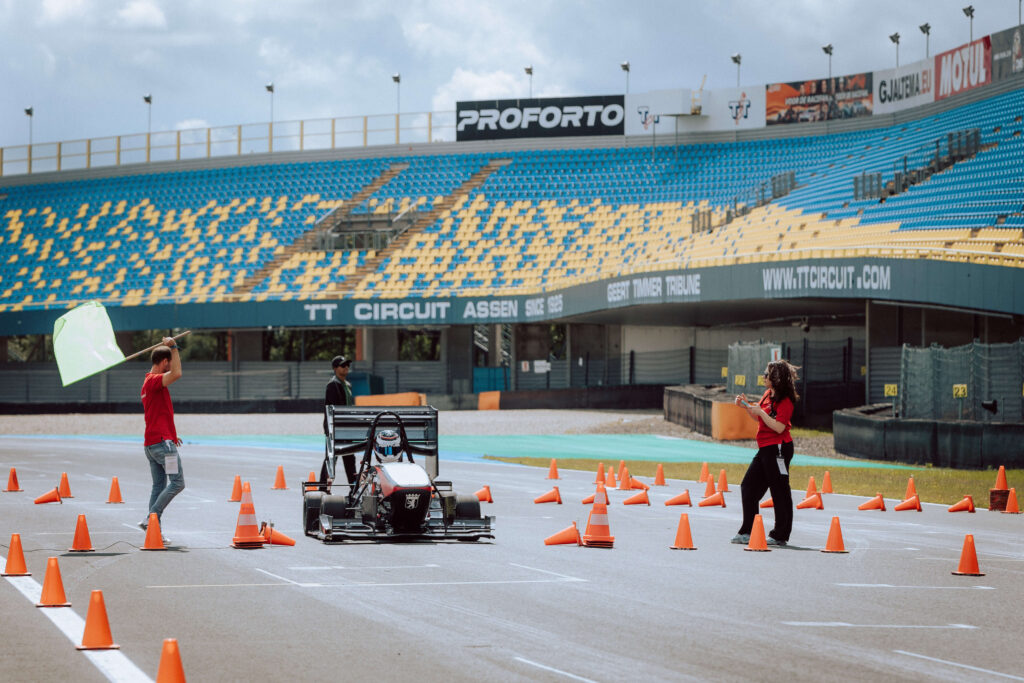
The car’s ability to launch from a complete stop is tested on a straight 75-metre stretch. Besides grip, the choice of powertrain design plays a major role, whether aiming for maximum output or strong torque delivery. The quickest cars complete the run in under four seconds and surpass 100 km/h before the finish.
For the Skid Pad, each car navigates a figure-eight circuit marked by cones, completing two laps in both directions. The second lap is taken for time. The result shows the highest achievable cornering force of the car. Many teams rely on aerodynamic downforce to improve grip and raise lateral speed. Hitting cones adds penalties to the time. Maximum score: 50 points with driver & 75 points without driver
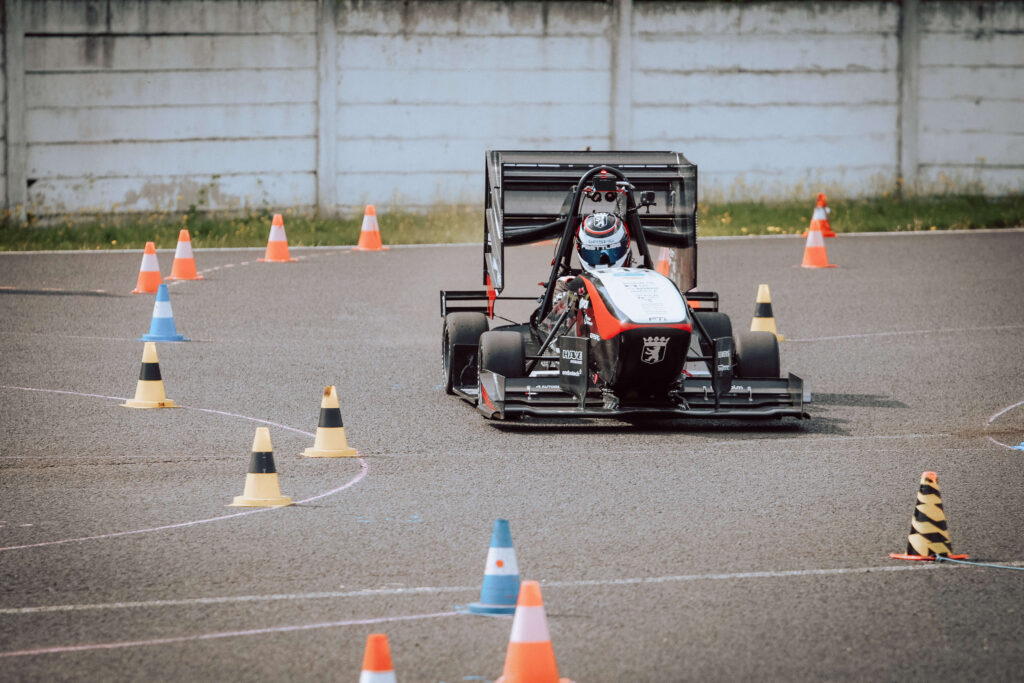
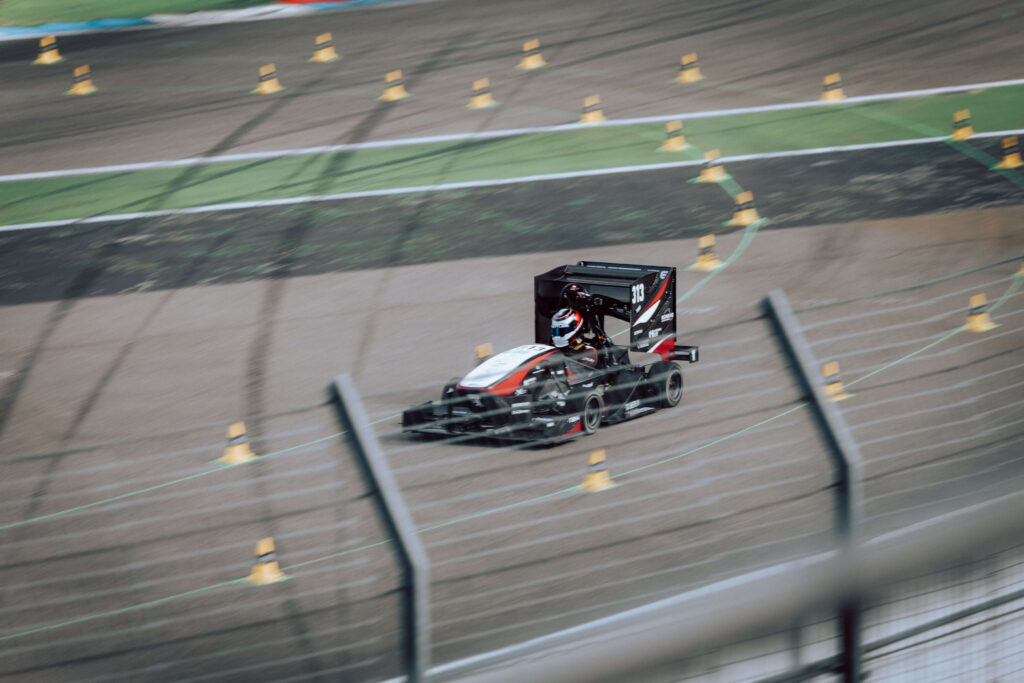
In autocross, cars with drivers run a one-kilometre track, while driverless entries cover about half the distance. The course combines straights, bends, and tight chicanes. A strong lap reflects quick acceleration, precise steering, and effective braking. As in other events, striking cones leads to added time. Results in this event determine starting order for endurance.
As the most important challenge, endurance offers the most points. Cars must demonstrate their long-term reliability over a 22-kilometre course. Speed, agility, energy usage, and durability are all judged. Drivers need consistent control, as several cars share the circuit at once. Only one run is allowed, with a mandatory driver swap halfway.
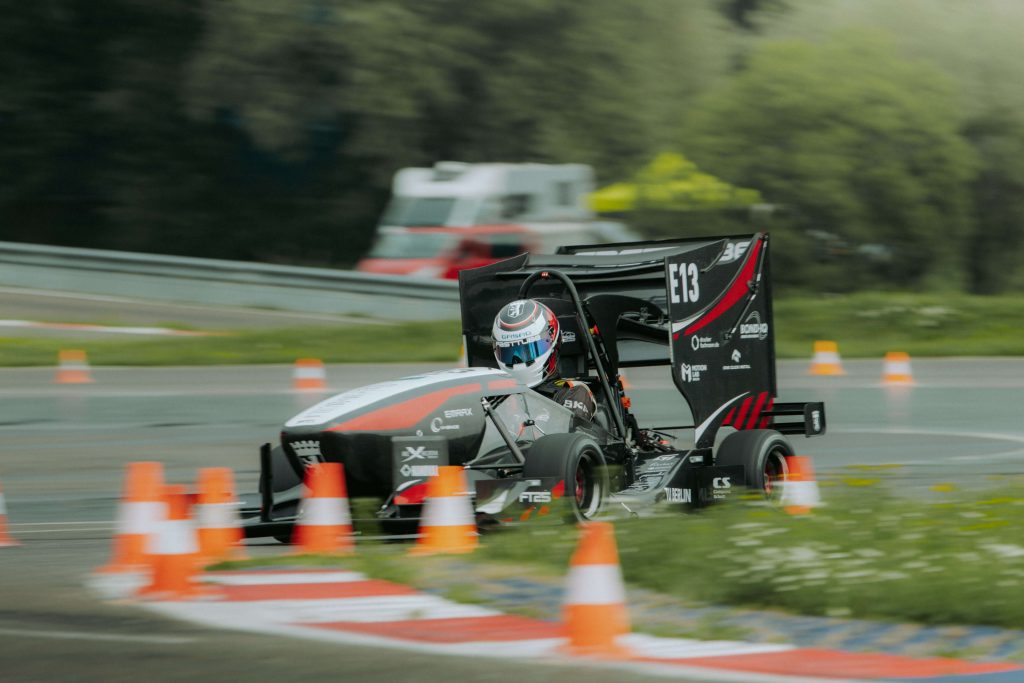
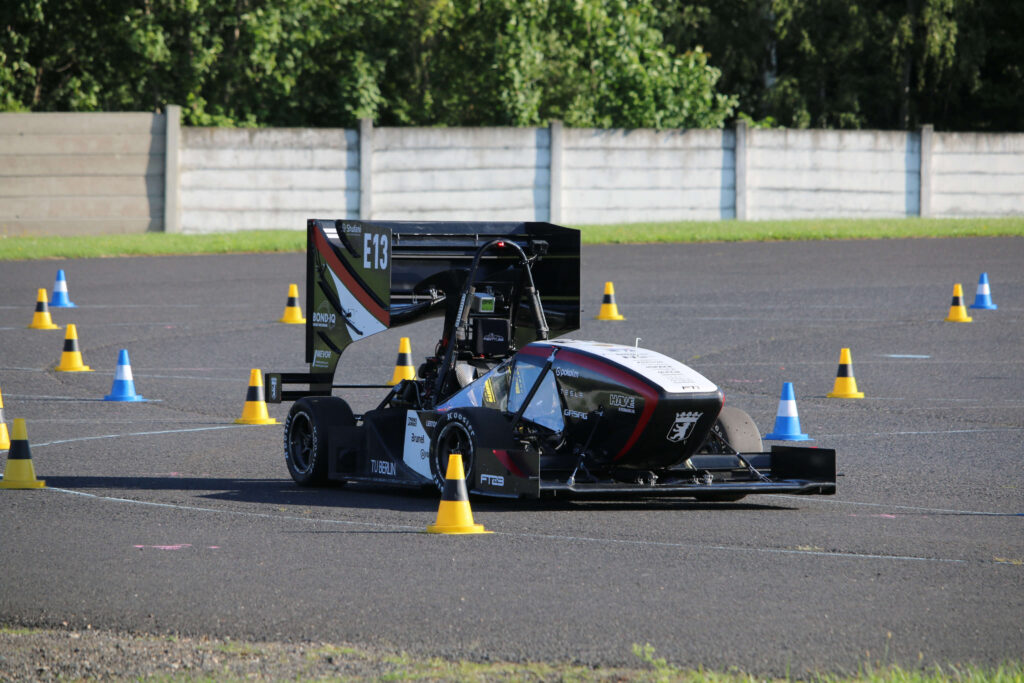
Alongside engineering design, track drive is the key event for driverless cars. Vehicles must cover ten laps without human input, proving stability and reliability under race conditions. The full distance must be done in a single attempt, and any cones knocked down will remain.
During the endurance event, the energy consumption of each car is carefully measured. What counts is not the raw amount of fuel or electricity used, but the relation between efficiency and average speed. This prevents teams from driving overly slowly to gain advantage.
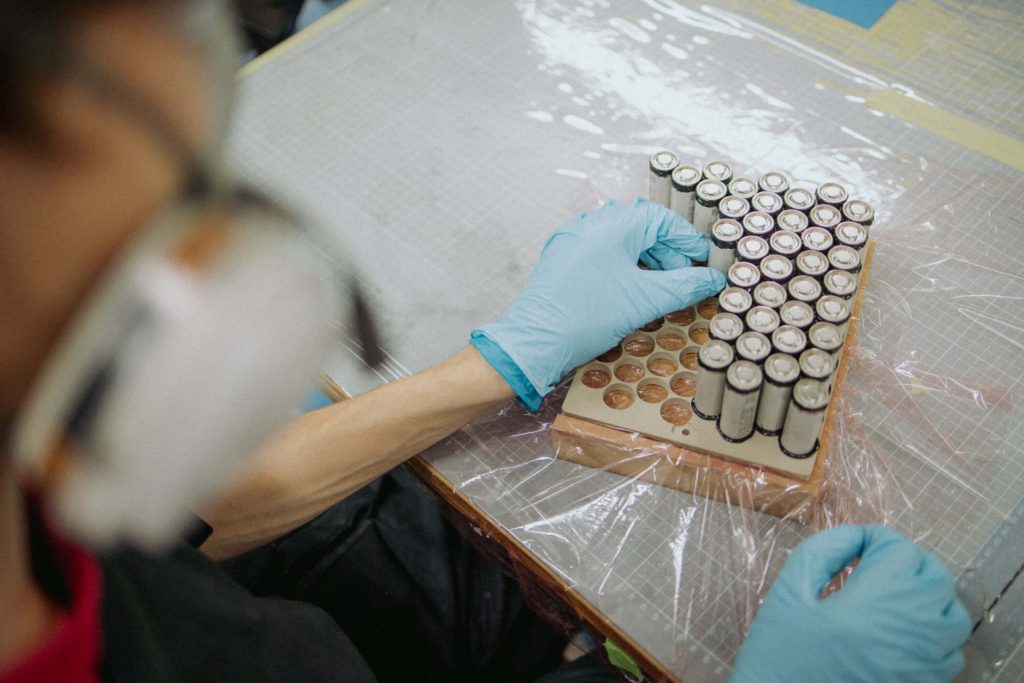
Static Events
Static events focus on the ability of the team to handle the real world hurdles of finances, business strategy and good engineering practice.
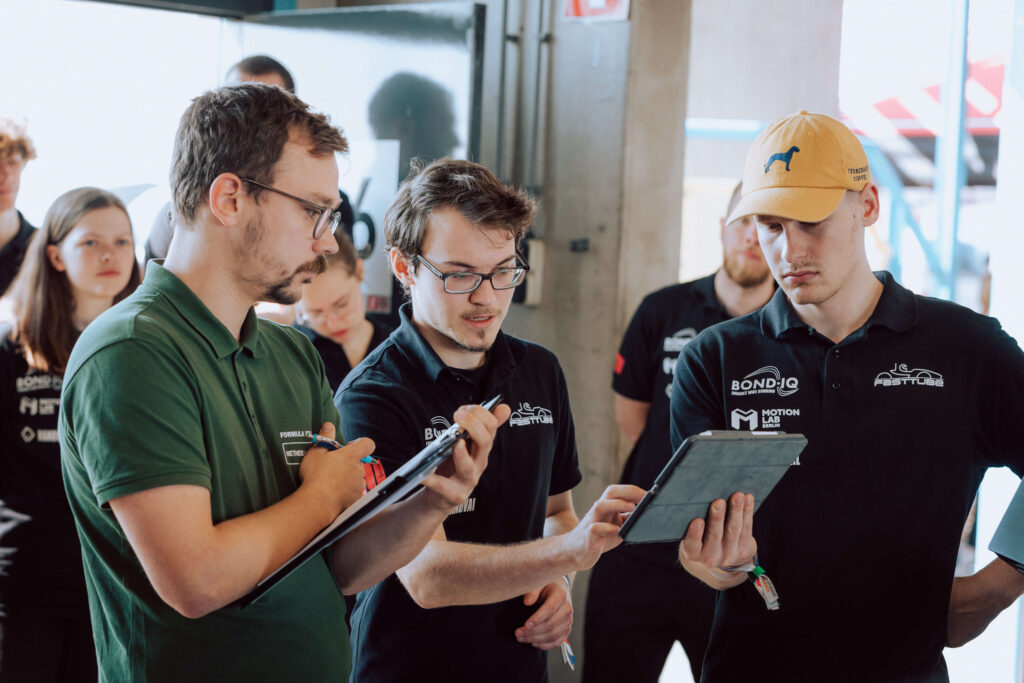
For each event, teams submit a detailed written description of their car ahead of time, explaining their design and how it was applied in building the vehicle. For driverless cars, an additional document describing the autonomous system is required. Based on these submissions, the judges review the technical layout, design approach, and how effectively the concept was implemented in the final build. Afterwards, teams meet the panel in person to answer questions, defend their decisions, and show their depth of understanding. The evaluation considers not only the technical solution itself but also the reasoning behind it.
Since cost plays a central role in product development, this event challenges teams to show a full breakdown of their prototype. They must submit a cost report that includes parts, materials, and the manufacturing steps involved in production. The report is followed by a discussion with the judges, where teams are asked to explain their calculations and show they understand the practical aspects of building the car. The clarity of the report and the students’ grasp of production processes are both taken into account.
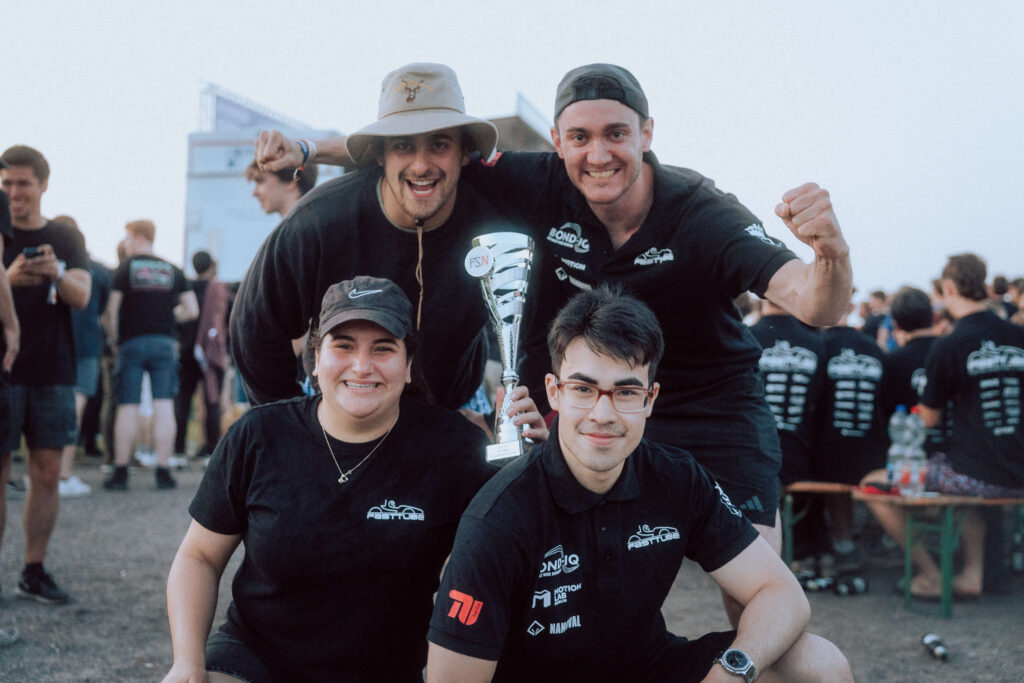
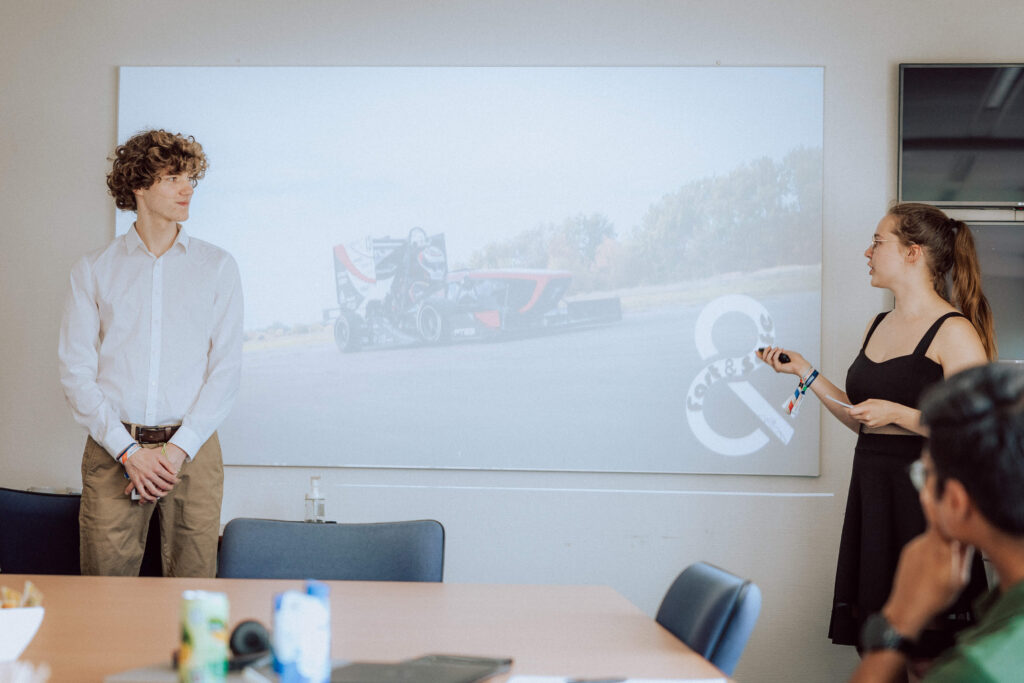
Each team pitches a product or service directly related to the vehicle the team has built in that season as if they were presenting it to potential investors. The goal is to convince the judges—acting as a fictitious company—that their concept meets the needs of a target market and could succeed commercially. The pitch is followed by a question round, where the team must respond confidently and adaptively. Both the content and structure of the presentation, as well as the team’s performance in delivering it, are evaluated.
